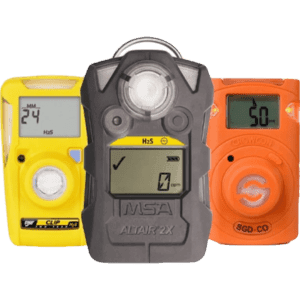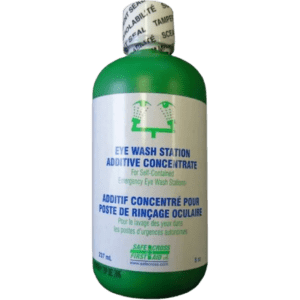Spill pallets are containment systems used in industrial and commercial settings to store hazardous materials, such as chemicals, oils, or paints, while preventing leaks and spills from reaching the environment. These pallets are typically used for storing drums, tanks, and other containers that hold hazardous liquids. The design of spill pallets ensures that any accidental leaks or spills are contained within the pallet, preventing hazardous substances from contaminating the floor or surrounding areas. Most spill pallets feature a raised lip to capture spills and a grate to keep containers elevated, allowing any spilled liquids to pool below. Spill pallets must comply with standards like EPA regulations for chemical containment and SASO 5000 for safety in hazardous environments.
Key Features:
- Durable Construction: Made from heavy-duty materials such as polyethylene, fiberglass, or steel to withstand chemical exposure.
- Raised Lip Design: Prevents spilled liquids from overflowing and helps contain hazardous substances.
- Easy to Use: Simple to load and unload containers, with a grating to keep the container elevated above the spill area.
- Corrosion-Resistant: Materials are resistant to most chemicals, ensuring longevity in harsh environments.
Types and Standards:
- Single Drum Spill Pallets: Designed to contain spills from one container, ideal for smaller operations.
- Multi-Drum Spill Pallets: Can store multiple drums or containers, commonly used in larger industrial settings.
- Polyethylene Spill Pallets: Lightweight and resistant to chemicals; ideal for smaller or medium-sized applications.
- EPA, SASO 5000: Standards that ensure spill pallets meet required containment capabilities and environmental safety regulations.
Brands Available:
Uline, SpillTech, Justrite, Enpac, and Gorilla provide high-quality spill pallets designed to meet regulatory standards for industrial spill containment.
General Maintenance:
Inspect the spill pallet regularly for cracks, corrosion, or wear, particularly after a spill. Clean the pallet with a mild detergent to remove chemicals or residues. Ensure the grating is free of debris and properly secured. Always replace damaged or compromised pallets to maintain spill containment safety.





